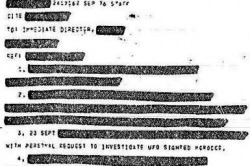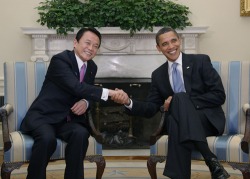What is Media Censorship?
Media censorship is a broad name given to instances where the media alters or leaves out information that can be, or perhaps should be, shown to their readers. This can take many forms, and below a few of these forms are examined.
Military Censorship

In many cases, there is a need to forbid the press from seeing all parts of war and military action in order to ensure the preservation of military secrets, and to prevent unnecessary deaths that may result from a disclosure of these secrets. This question of whether or not to allow journalists to travel with soldiers, and report on all aspects of war was raised recently in regard to the war in Iraq, and the war in Afghanistan. To discuss these issues, PBS held a debate that included military personnel as well as journalists. One of the journalists present, Geneva Overholser, had this to say about the new program, and about the information emerging from the battlefield under the freer Afghanistan program: "I worry that we need to be mindful that for very good reasons these journalists who are embedded are not report in a completely independent way. This is not a criticism of the Pentagon, but there are 19, I believe, "unreleaseables" categories, most of them quite understandable, but some a little worrisome to me, about ongoing engagements and so I think it's important that we recognize that." Overholser's statement echos concerns that it is important to balance journalistic freedom with a preservation of military secrets, and she clearly takes the position that more information should be given out than currently is. Overall, military censorship is a difficult topic since there is national and personal sercurity risks involved, but it is one that is important to consider. To learn more about this topic, and to see the whole interview, click here.
Cover-Ups

Although in cases like military censorship a certain level of secrecy can be expected, and even required, there is not always such a strong, or moral, reason for information to be with held from the general public. In many cases money is paid to news industries by large corporations not to make a big deal about a story, and in other cases there is simply no motive to print the story since the target audience may not be interested in facing the truth. Coverups can take many forms, from corporate irresponsibility to more general political problems that are best kept out of the light of day. To see a surprising list of the top 25 censored stories of 2010, click here.
Media Bias Leading to Censorship

It is an accepted fact that there is no such thing as an unbiased reporter. Every reporter will have their own opinion on a story, even if they claim, and try, to be objective. Recently this conflict of presumed biases has gained national attention with a conflict between Fox news and the NBC network escalating. President Obama declared a media embargo against Fox after alleged unfair reporting practices, and therefore Fox declared NBC biased in the liberal direction. This style of reporting leads to omissions of key information from stories as they are fabricated to support only one side of the issue.
Photo-Ops

Often times, newspapers run photographs, like the one to the right, that do not occur naturally, and that are taken to show a relationship or make a point. In this case we can see that Mr. Obama and Prime Minister Taro Aso's handshake, indicating a good relationship between Japan and the US. In other cases, images can be altered to include something that is not there, or to remove an undesireable object from the frame, again to make a point and corroberate a reporter's story. In still other cases, photographs can be omitted for personal or emotional reasons, such as the decision to include or not to include a photograph of a soldier's body in a news story about war's effects. All of these "altered" photgraphs can lead readers to false conclusions, and are a form of media censorship.
